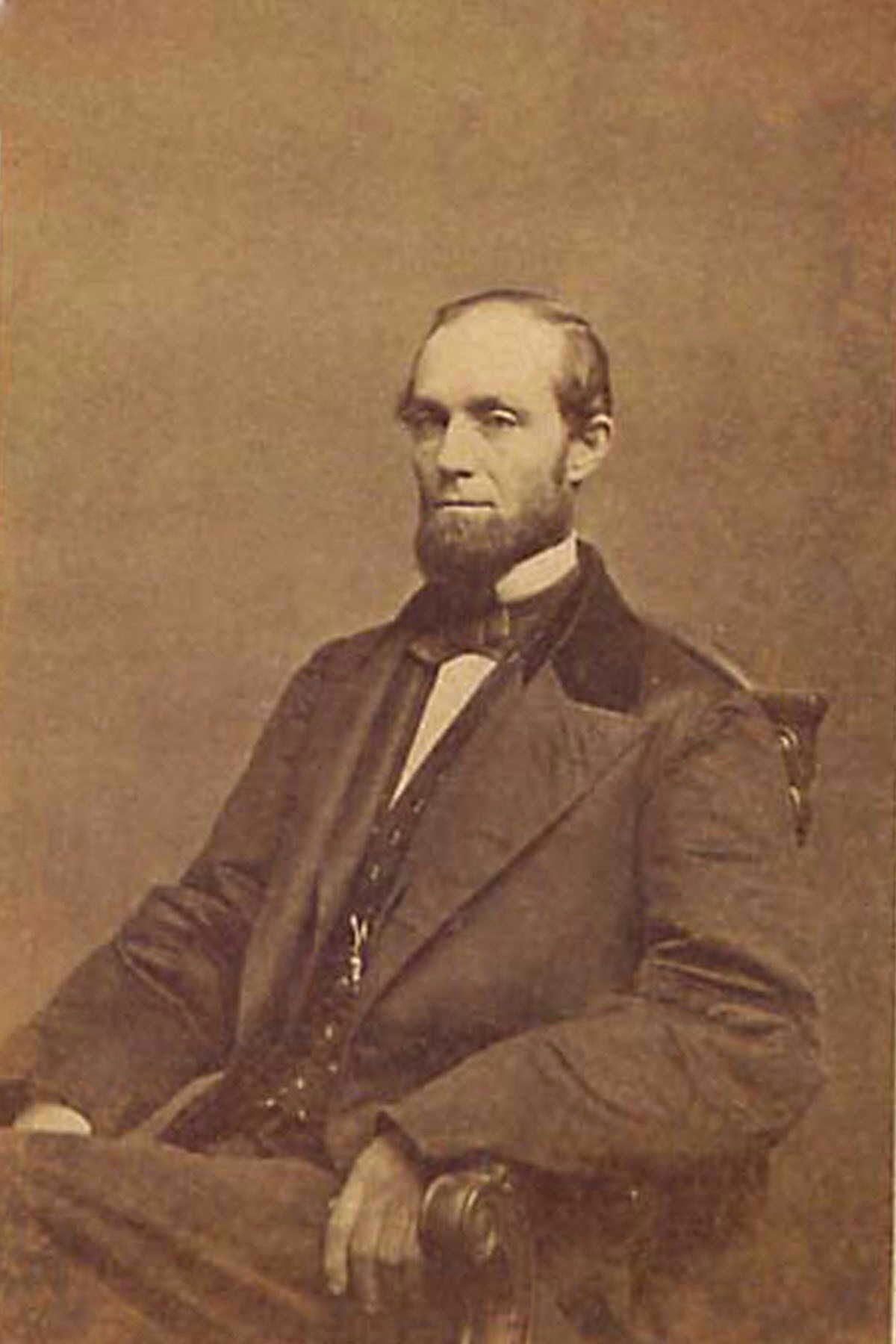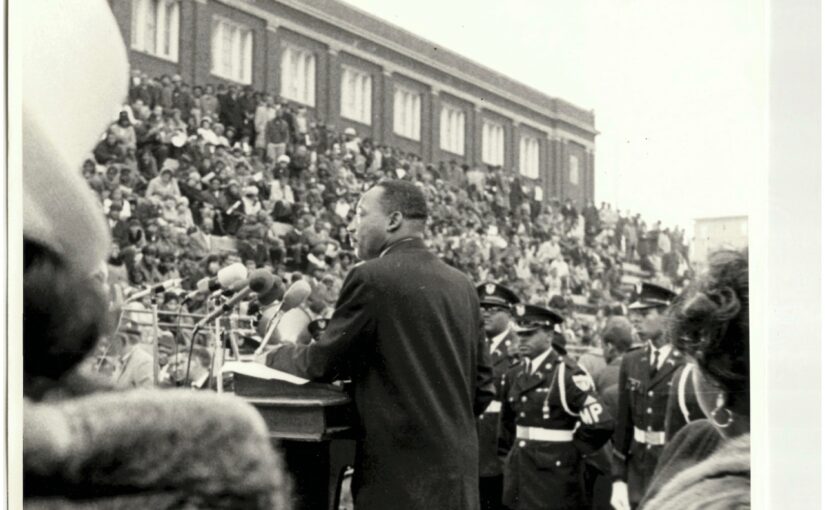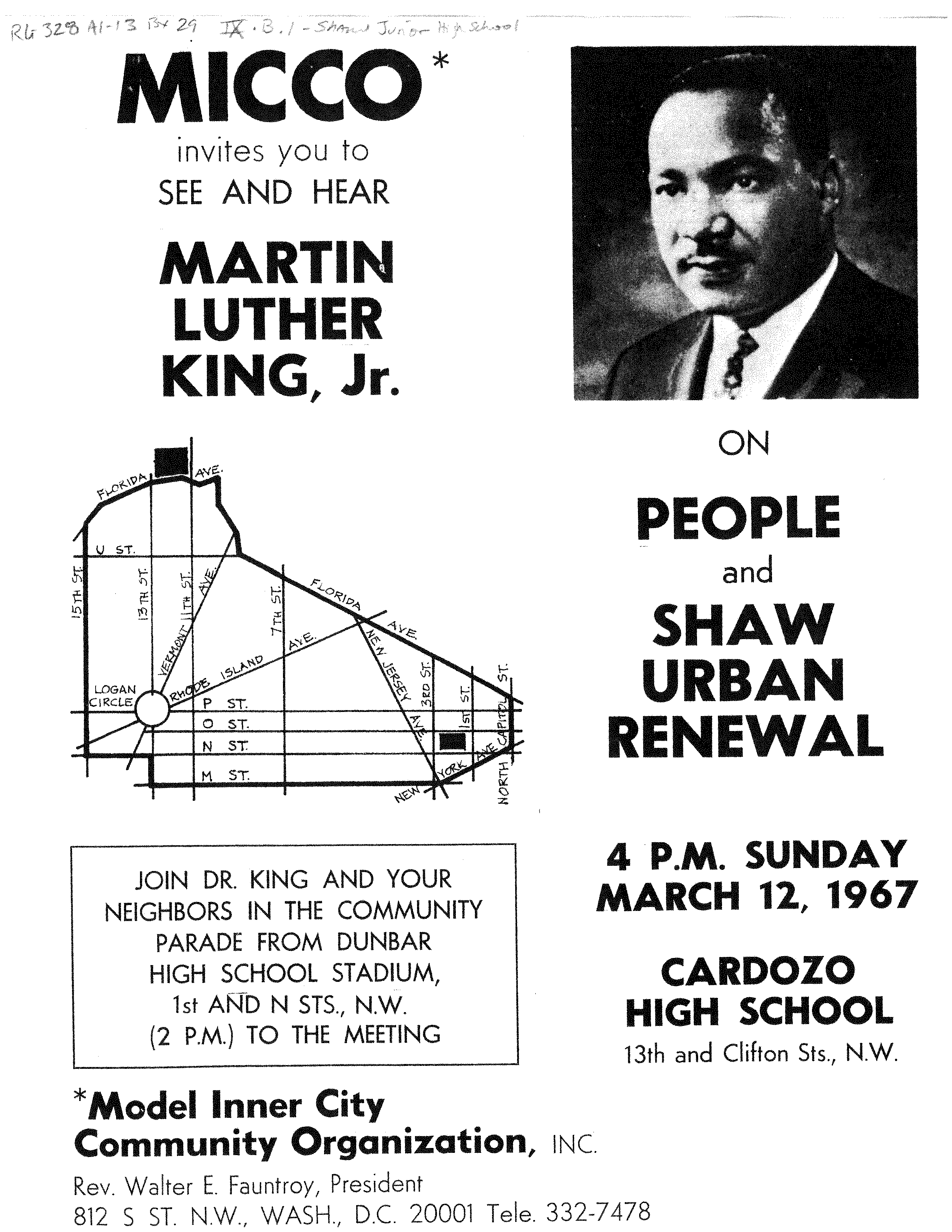I see the name Glorius and I think, George, the florist who owned all of square 519. But this is Frank.
I still have no idea if/how he was related to George Glorius.
He was born in Germany and immigrated to America in 1882. He married another German, Frederika (Freida) Sauter in February 1887 in Washington, DC. They did a great job of not getting enumerated in most censuses. They show up in the 1900 census. In the 1910 census the occupants of 1615 3rd St NW are FP and Mary Glorius. I did not find them in the 1920-1930 census.
The land records aren’t particularly helpful, except they do give another interesting spelling of Mrs. Glorius’ name. The Recorder of Deeds online records start in 1921 and the first document for 1615 3rd St NW (0551 lot 62) was a 1928 release for the payment of a October 1894 debt. Frederica Glorius’ name was spelled Fredericka. The next two documents were from 1935, a trust and a deed. There are a ton of people named Glorius, which hint to Frank P. Glorius’ death. More about them later.
Frank and Frederica Glorius’ death was interesting. They both died on March 26, 1932. The Evening Star wrote that they died “suddenly”. Another March 27, 1932 Evening Star article revealed more. They both died in their sleep, at home, at 1615 3rd St NW, from carbon dioxide monoxide. Because of their age and the paper’s mention that hinted at a lost fortune, I’m suspecting it was an act of suicide. Here I will quote from the article:
Once Wealthy Builder and Wife Found in Home Victims of Fumes
The asphyxiation of Frank Glorius, once a wealthy builder, and his wife, Frieda, both between 75 and 80 years old. who were found dead yesterday in their gas-filled home at 1629 Third street, was being investigated last night by Acting Coroner A. Magruder MacDonald.
Meanwhile, arrangements for the funeral of the elderly couple, both of whom were in poor health, were being made by officials of the Carpenters’ Union, which had been helping them for the last three or four years.
…….
Mr. and Mrs. Glorius were found when police, summoned by residents of the neighborhood, who had traced the odor of gas, broke open a door of their dwelling.
…
Both Mr. and Mrs. Glorius came here from Germany years ago. They settled at the Third street address and at one time owned virtually every house in the neighborhood.
Other articles after their death dealt with their estate handled by a Frederick F. Schnieder. The papers nor the land records say how the following were related to Frank and Frederica but they were heirs. They were: Amalia Glorius, Eleonore Glorius (wife of George Glorius), George Glorius, Heinrich Christian Glorius (aka Brother Livinius), Joseph Glorius, Juliana Glorius, Maria Glorius (wife of Joseph Glorius), Theresia Kahlmeier/Kuhlmeier, Marie Elisabeth Liszkowski, Emma Elisabeth Senge, Anna Elisabeth Theuer, Hedwig Amalie Theuer, and Heinrich Robert Theuer. None of the Sq. 519 George Glorius were married to an Eleonore. However Ignatius George Glorius (1866-1901?) was married to an Eleanore/Eleanora (1868-1935). Most of the people on this list, I did not have enough info on them to figure out their relationship with Frank P. Glorius.


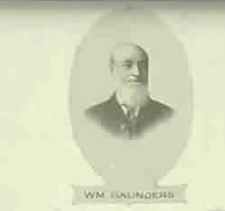
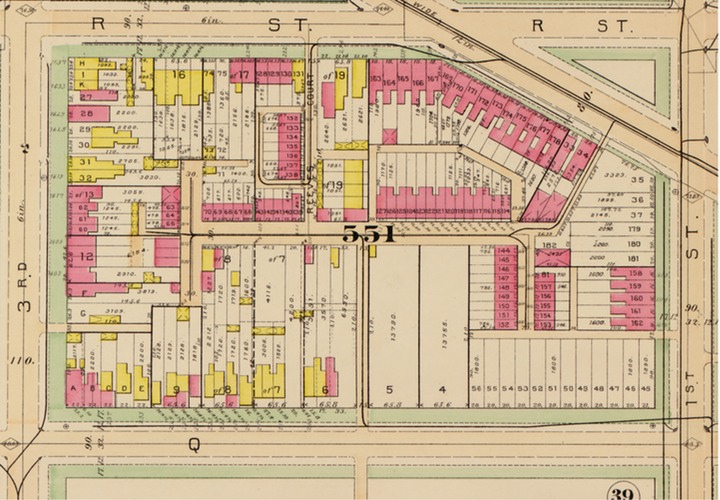
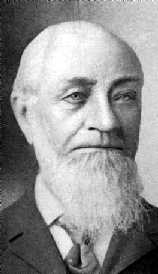 William Saunders was a TC resident, and he has a
William Saunders was a TC resident, and he has a 
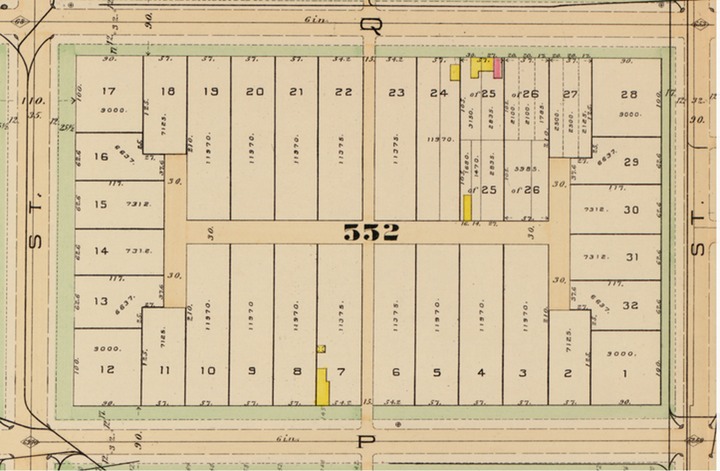
 Her cousin Louise Marie Eustis was born in Cannes, France in 1867 to George Eustis and Louise Morris Corcoran Eustis (daughter of
Her cousin Louise Marie Eustis was born in Cannes, France in 1867 to George Eustis and Louise Morris Corcoran Eustis (daughter of 